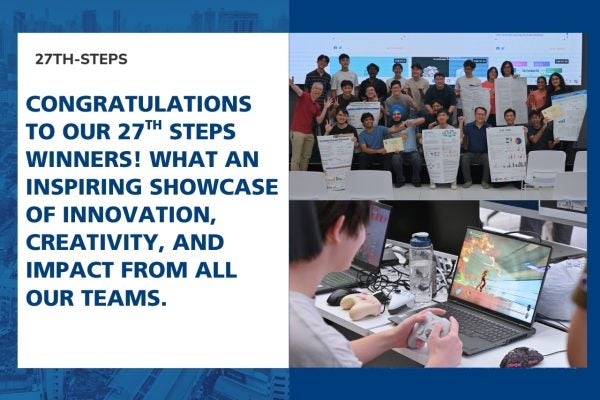News Hub
Home » Highlights
22 December 2025
NUS School of Computing has achieved another historic milestone in competitive programming, clinching its first-ever victory at the ICPC regional contest in Vietnam after years of near-misses at one of Asia-Pacific circuit’s most fiercely contested sites.
19 December 2025
When five members of the NUS FinTech Society touched down in Rome this October, they carried not just laptops, but the quiet ambition to make their mark on one of Europe’s most respected blockchain hackathons: ETHRome 25.
18 December 2025
NUS School of Computing has capped an exceptional competitive programming season with another landmark achievement. Team Strong Zero has secured NUS' first-ever ICPC regional victory in Japan, completing a rare double just weeks after its historic win in Taiwan.
12 December 2025
NUS has retained its top position in Singapore and ranked 3rd in Asia in the QS Asian University Rankings 2026.
11 December 2025
10 students from the NUS School of Computing (SoC) are representing Singapore at the SEA Games 2025 in Bangkok, Thailand. Balancing training, competitions, and academic rigour is no small feat – yet each of them has carved out space to grow in both arenas.
9 December 2025
The 27th School of Computing Term Project Showcase (STePS) once again transformed COM3 into a vibrant hub of innovation, entrepreneurship, and peer learning. This latest edition brought together selected student projects – the culmination of months of rigorous work – to be presented, assessed, and celebrated by the community.
19 December 2025










